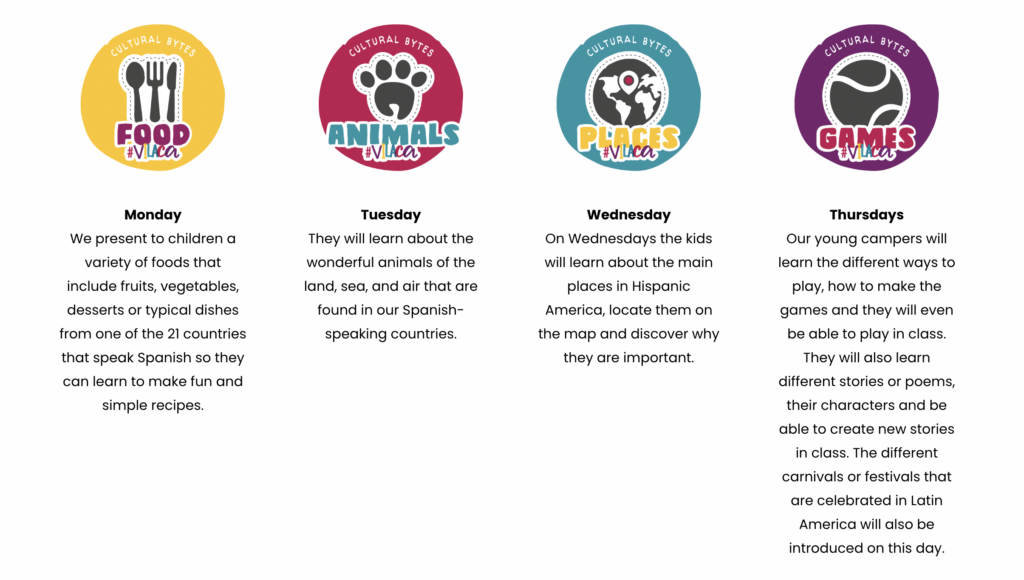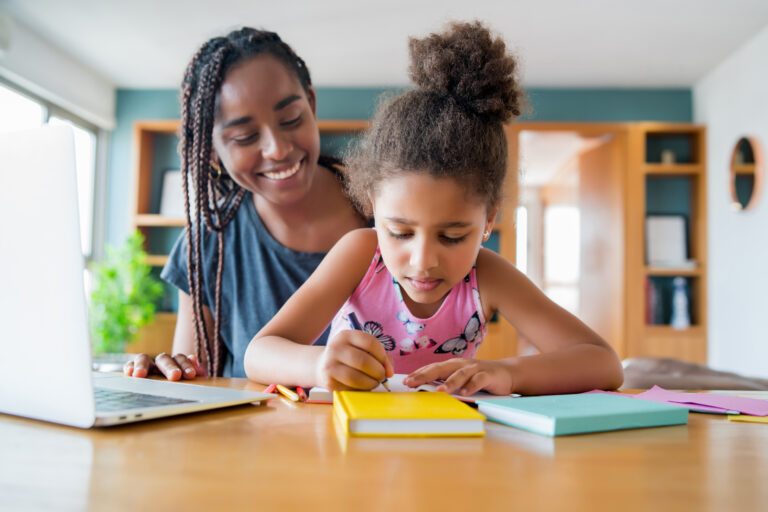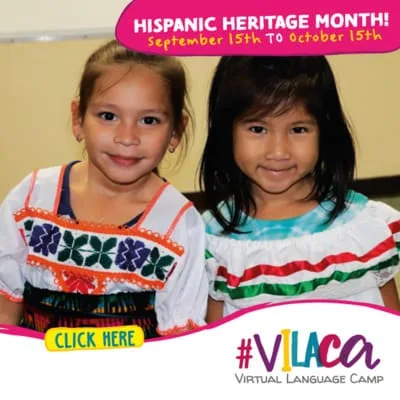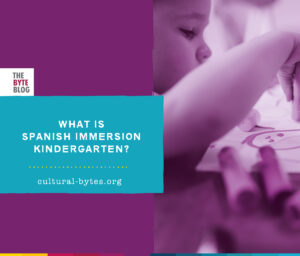The thought of trying to teach your child Spanish can be overwhelming and intimidating. Don’t panic! As a parent, you’ve always found a way through life’s challenges and you’ll find a way through this. Here are our suggestions on how to create a Spanish curriculum for homeschooling:
Step 1: Set Goals and Objectives
Before you begin, write out what you want your child to achieve by the end of the curriculum. This could include proficiency in speaking, reading, writing, and understanding Spanish. Your goals should be time bound and measurable, such as:
GOAL: “I want my child to hold basic conversations in Spanish with his grandfather by the end of eight months of this curriculum.”
Check out How to Set Effective Goals for Language Learning for more suggestions.
Step 2: Select Learning Resources
In this marvelous age of the world wide web, the question is not “where will I find resources?” but rather, “what resources should I choose?” The time and effort you put into researching the right resources for your child will save you the headache and wasted money of a course that doesn’t work for you.
Types of resources:
Textbooks and Workbooks: Choose age-appropriate textbooks and workbooks that cover grammar, vocabulary, and cultural aspects of the Spanish language. Preferably find a series that has different levels that progress with age so that your child can continue their Spanish learning as they grow.
Online Courses: In our opinion, an online course with a live teacher is one of the most fun and effective ways for your child to learn Spanish. Nothing replaces the encouragement your child receives directly from you, their parent, but having a trained teacher interact with your child in Spanish is far more engaging and personal than workbooks, books, and apps. (Cultural Bytes Virtual Language Camp is one of the best online courses available).
Apps: Apps are a great way to help children practice their Spanish in a fun way, but they should be supplemental and not the main source of learning.
Reading materials: Finding age-appropriate books will expose your child to Spanish vocabulary and grammar. With pictures and context clues, you will be amazed to find how much of the story your child will understand even if they are beginners in Spanish. Here are our suggestions.
Step 3: Design Lesson Plans
Plan a daily and weekly schedule that includes dedicated time for Spanish learning activities, such as vocabulary building, grammar exercises, reading, and conversation practice. Introduce weekly themes such as family, food, and location to keep lessons interesting as well as providing hands-on activities like cooking, crafts, and games. Be sure to schedule in some “catch up” days to account for when unforeseen circumstances come and push back on the schedule.
Example of a weekly schedule:
Theme for the week: Family (mother, father, sister, brother, grandma, grandpa) | ||||
Monday | Tuesday | Wednesday | Thursday | Friday |
1pm 30 minutes reading book | 1pm: 30 minutes Online Class | 1pm: 20min Lesson from workbook + 15min playing Spanish App | 1pm: 1hr cooking Spanish dish | 1pm: 20min Lesson from workbook + Quiz |
| 10 minutes review vocab | 10 minutes review vocab | 10 minutes review vocab | 10 minutes review vocab | 10 minutes review vocab |
Step 4: Evaluation and Assessment
Implement regular assessments to evaluate your child’s progress. This could include quizzes, oral exams, or written assignments. Make sure to celebrate milestones and provide encouragement to keep them motivated.
*A reminder to be flexible and adjust the curriculum based on your child’s progress and interests. While doing your best to stick to the schedule, don’t be discouraged if you fall behind. Life is full of challenges and unexpected occurrences and slow progress is better than giving up.
Step 5: Seek Support
Though it might feel like it sometimes, you’re not in this alone! Join online homeschooling communities or forums where you can exchange ideas, seek advice, and connect with like minded parents who are facing similar challenges.
Bonus: Cultural Immersion
Here at Cultural Bytes, our catch phrase is “Learn the culture. Learn the language.” We believe that the best way to learn the Spanish language is to learn the Spanish culture through music, dance, art, tradition, and more.
ViLaCa (Virtual Language Camp) is an online tutoring program for children ages 4-12 where native-speaking teachers teach the Spanish language Monday through Thursday focusing on a different topic each day. We guarantee that your child will have tons of fun and you will see improvement in their Spanish.








